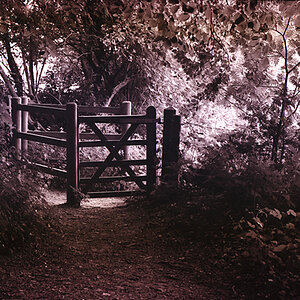amolitor
TPF Noob!
- Joined
- May 18, 2012
- Messages
- 6,320
- Reaction score
- 2,131
- Location
- Virginia
- Can others edit my Photos
- Photos OK to edit
Yup, that's meters.
The deal with Guide Number is:
(distance to subject) times (aperture) = (guide number)
will give you the correct exposure, at the specified ISO. So, adjust aperture to match distance, or vice versa, or both. That's where the meters and feet comes in. The ISO is always 100 (but you'll know someone is being a crook if they say 'Guide Number of 1200 in inches at ISO 800' -- which means a thing, but it means a pretty wimpy flash, and it's obviously an attempt to befuddle the buyer!)
The Vivitar is GN 50 in meters, so, about 1 stop more power. So you could put a 1 stop neutral density filter on the camera, and this flash would be just like your old flash, but with 1 stop less ambient light.
The deal with Guide Number is:
(distance to subject) times (aperture) = (guide number)
will give you the correct exposure, at the specified ISO. So, adjust aperture to match distance, or vice versa, or both. That's where the meters and feet comes in. The ISO is always 100 (but you'll know someone is being a crook if they say 'Guide Number of 1200 in inches at ISO 800' -- which means a thing, but it means a pretty wimpy flash, and it's obviously an attempt to befuddle the buyer!)
The Vivitar is GN 50 in meters, so, about 1 stop more power. So you could put a 1 stop neutral density filter on the camera, and this flash would be just like your old flash, but with 1 stop less ambient light.


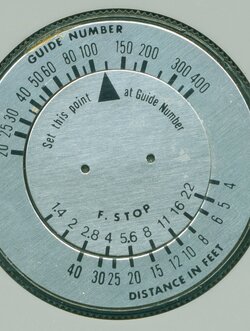

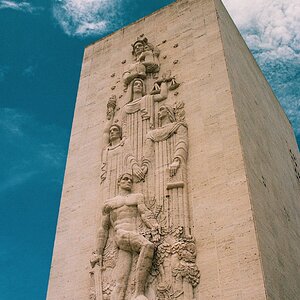
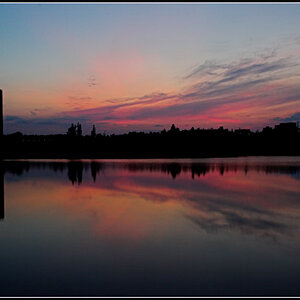
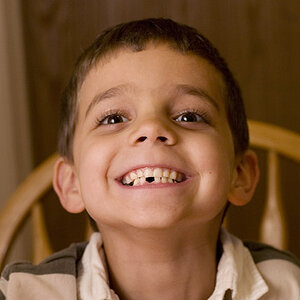


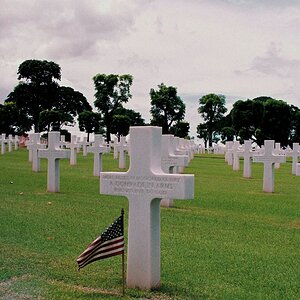
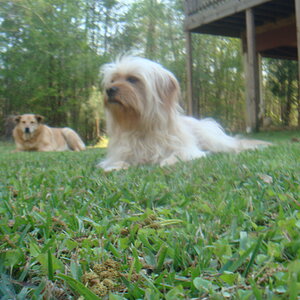
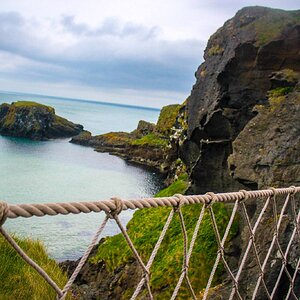
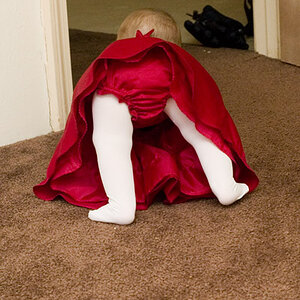
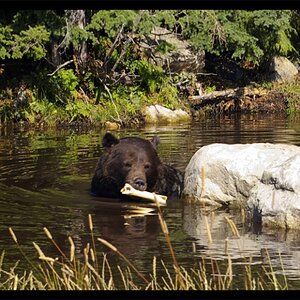
![[No title]](/data/xfmg/thumbnail/34/34343-b06994e286a2089b404358d95c37eaf0.jpg?1619736378)
